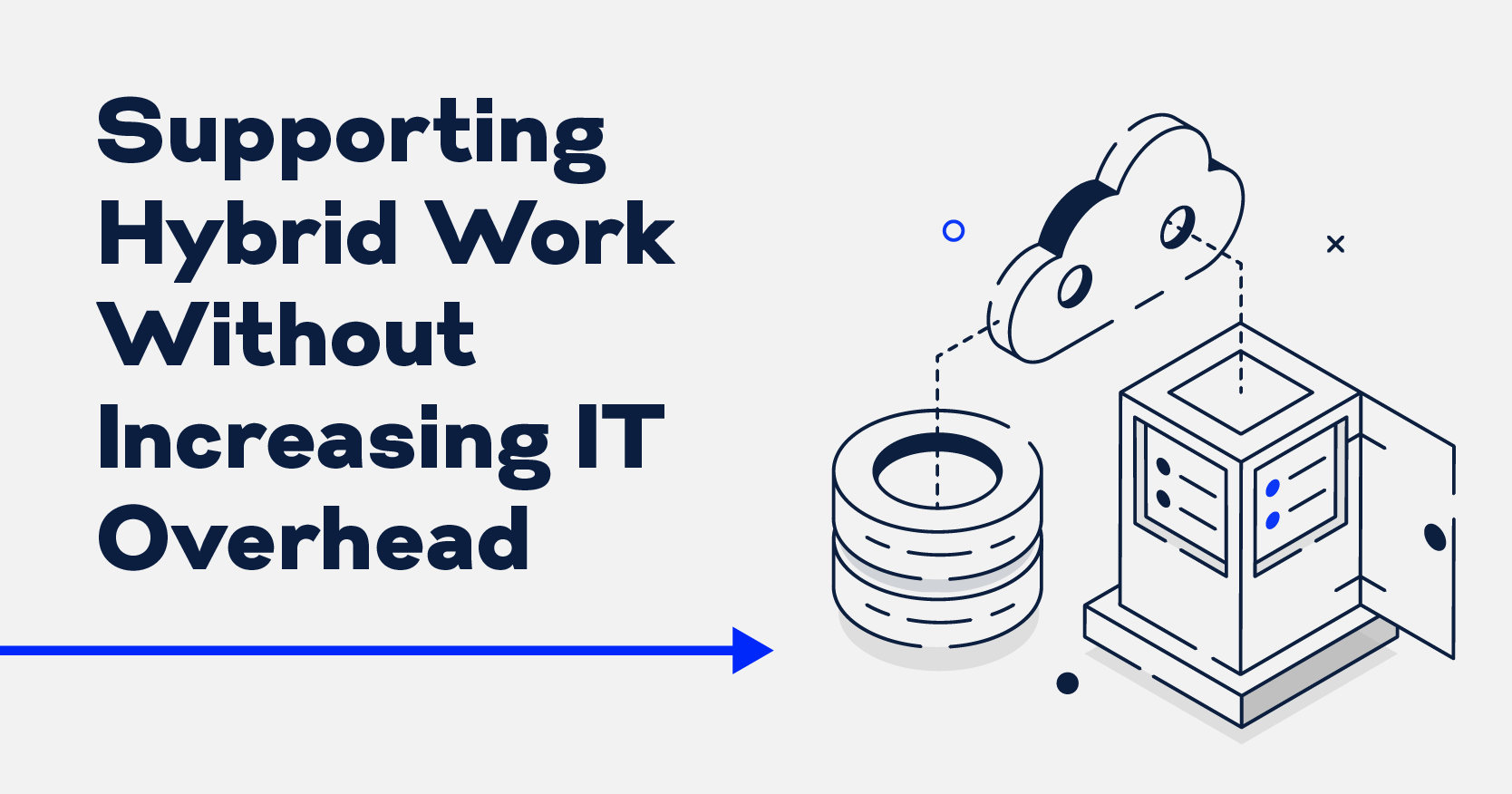Supporting Hybrid Work Without Increasing IT Overhead

Hybrid work is here to stay. Employees expect the flexibility to work from home, the office, and everywhere in between. For IT leaders, supporting this model can feel like an impossible balancing act. How do you give employees seamless communication tools without driving up IT costs and workload?
The answer lies in choosing the right communication platform. Here’s how IT leaders can support hybrid work effectively — while keeping overhead under control.
Eliminate Complexity with All-in-One Solutions
When employees rely on a mix of disconnected apps for calling, messaging, and video, it creates unnecessary complexity. IT has to support multiple tools, manage multiple vendors, and troubleshoot integration issues.
A unified platform simplifies everything. By consolidating communication into a single application, you reduce vendor sprawl and make life easier for both IT and end users.
Scale Up or Down Instantly
Hybrid workforces change quickly. You might need to onboard a group of contractors for a few months, then scale back once a project ends. Traditional phone systems make that process slow and expensive, requiring hardware purchases or lengthy setup.
With a cloud-based system, scaling is simple. Add or remove users in minutes, with per-user pricing that matches your workforce in real time. That flexibility ensures you are never paying for more than you need.
Free IT from Routine Maintenance
Legacy systems come with constant upkeep. Patching, upgrading, and troubleshooting consume IT resources that should be spent on strategic initiatives. With hybrid work, the burden only grows as employees spread across locations and devices.
A cloud-native communication platform offloads those responsibilities. Updates, bug fixes, and security enhancements are handled automatically, giving IT more time to focus on value-added projects.
Strengthen Security Without Extra Headcount
Hybrid work creates more endpoints, more devices, and more risk. IT leaders worry about keeping communication secure across environments. Legacy systems often lack the protections needed for today’s threat landscape.
Modern UCaaS solutions are designed with security in mind. Encryption, threat monitoring, and regular testing provide peace of mind without requiring additional staff or tools.
Improve the Employee Experience
Employees are more productive when communication is simple and consistent. Having to learn different apps for calls, chat, and meetings slows them down. In a hybrid environment, those inefficiencies multiply.
An all-in-one solution provides the same experience across desktop, mobile, and desk phones. Employees stay connected and productive, while IT reduces support tickets related to confusion or training.
Making Hybrid Work Sustainable
Hybrid work doesn’t have to mean higher IT costs. With US Signal’s Business Cloud Communications (BCC), IT leaders gain a secure, scalable, all-in-one platform that reduces overhead while empowering employees to work wherever they are.
The future of work is hybrid. The right communication solution makes it efficient, secure, and sustainable. Schedule a product walkthrough.
FAQ: Business Cloud Communications for Hybrid Work
Q: How quickly can we onboard new hybrid employees?
A: With BCC, adding a user is as simple as assigning a license. Most new hires are ready to communicate in minutes, not days.
Q: Will BCC increase our long-term costs?
A: No. By reducing hardware investments and IT maintenance requirements, BCC often lowers overall communication costs compared to on-premises systems.
Q: What support is available if issues arise?
A: US Signal’s Technical Operations Center (TOC) is available around the clock to handle configuration changes, troubleshoot devices, and escalate issues if needed.



